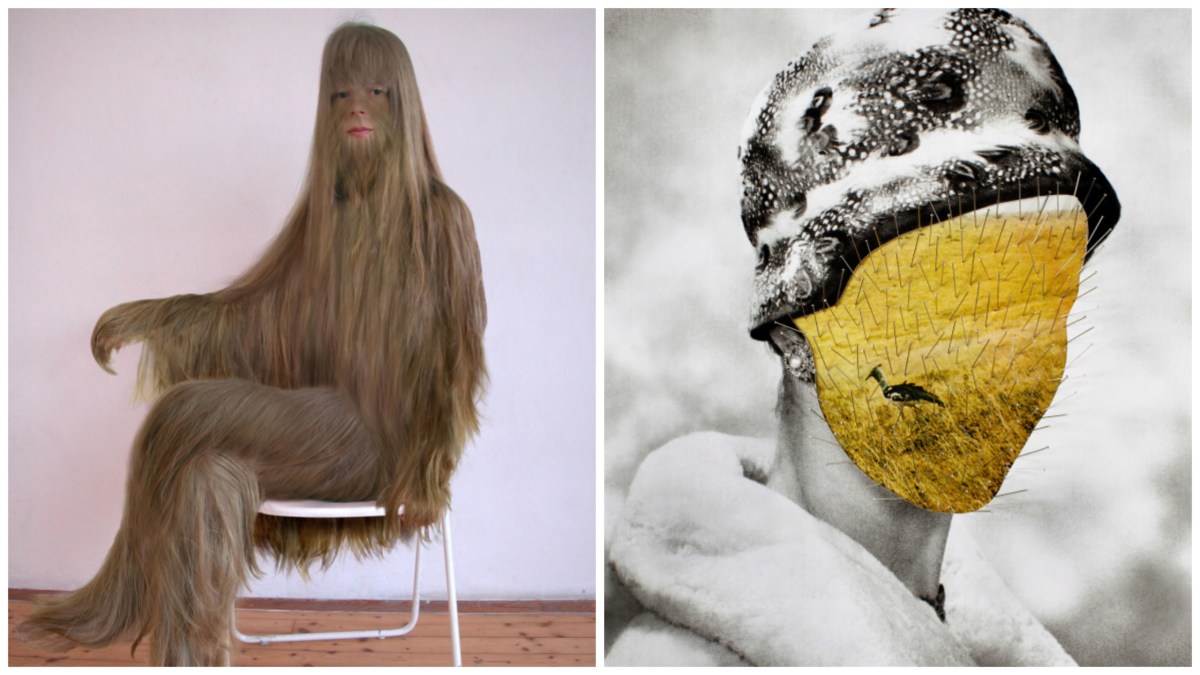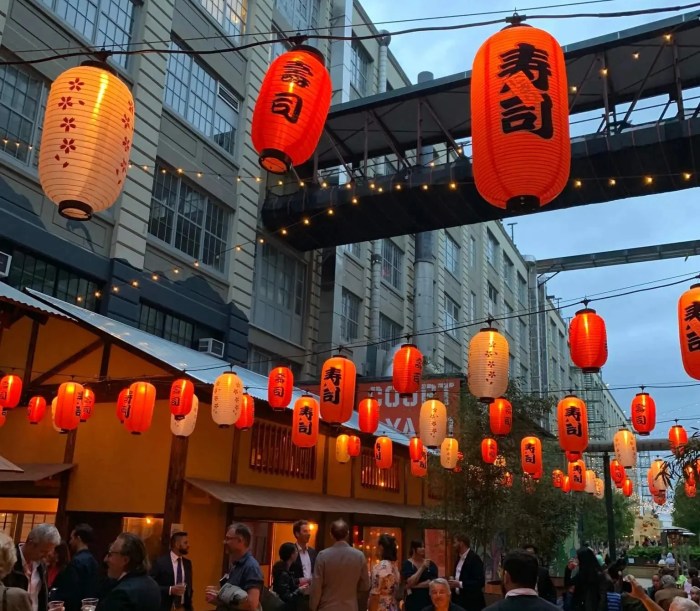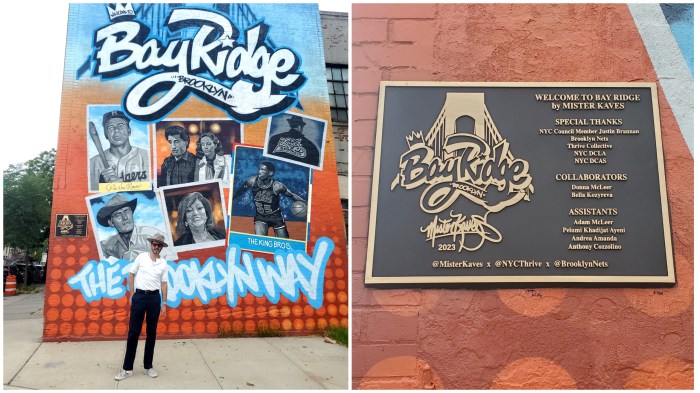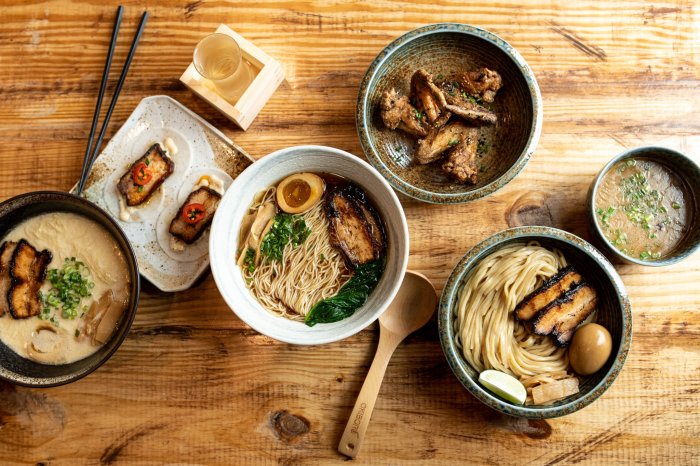In celebration of International Women’s Day, the Brooklyn Museum on Friday unveiled two groundbreaking feminist photography exhibitions that challenge conventional notions of gender, nationality and photography itself.
The first exhibition, titled “In the Now,” boldly unites nearly 50 artists who resist traditional ideas surrounding gender and nationality while redefining the very essence of photography. Representing the first museum survey of photography-based works by women artists born or based in Europe, the collection delves into the continent’s legacies of nationalism and patriarchal power structures.
These themes persist in shaping the everyday experiences of women today, curators said. The exhibit showcases over 70 artworks from the Sir Mark Fehrs Haukohl Photography Collection, all created after the year 2000, providing a unique window into the first decades of the twenty-first century. The collective works challenge outdated definitions of womanhood, artistic identity, nationhood, and the photographic medium itself.
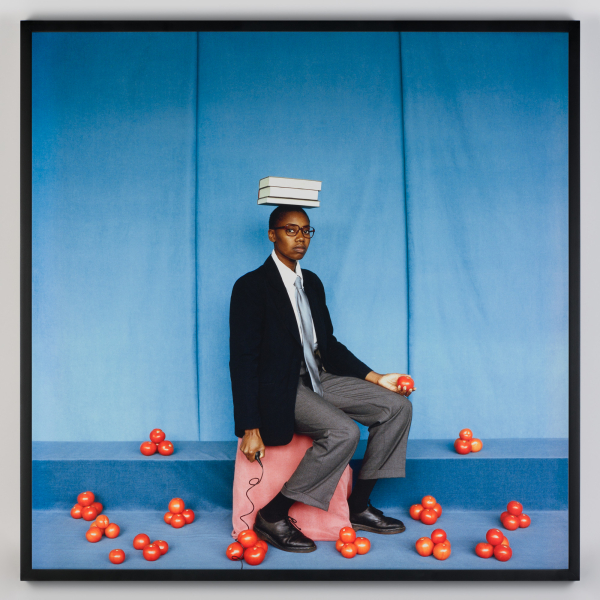
In the second showcase, renowned artist Nona Faustine takes center stage in her first solo museum exhibition, “White Shoes.” In this series, Faustine poses the question: “What does a Black person look like today in those places where Africans were once sold, a century and a half ago?”
The series features 42 self-portraits of Faustine standing in various locations across New York City that are steeped in the legacies of enslavement. The artist stands nude, partially covered, or holding props, her feet adorned with sensible white pumps — a symbol of the oppressions of colonialism and assimilation imposed on Black and Indigenous peoples globally.
“White Shoes” marks the first complete installation of Faustine’s consequential series, amplifying the artist’s unique perspective on the intersections of race, history and identity.
Speaking to Daily Art Magazine, Faustine said she hopes her message transcends the institutions her work is displayed in.
“I just hope that the message goes as far as it can, and reaches as many people as possible and moves people to rebuild new systems that address and heal around the trauma of the Transatlantic slave trade and its Diaspora,” she said. “I want more credit and importance given to under-represented voices that have built and contributed at great expense to America and the world. Artistically, I hope people enjoy the images and bring them into institutions so that more people can see them.”
Both exhibits, open Friday, will run through July 7 in the museum’s Elizabeth A. Sackler Center for Feminist Art.


